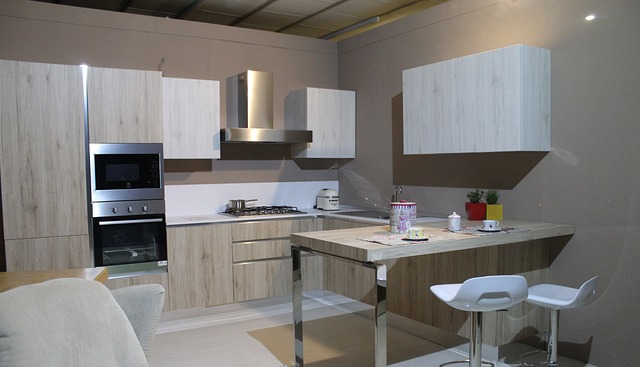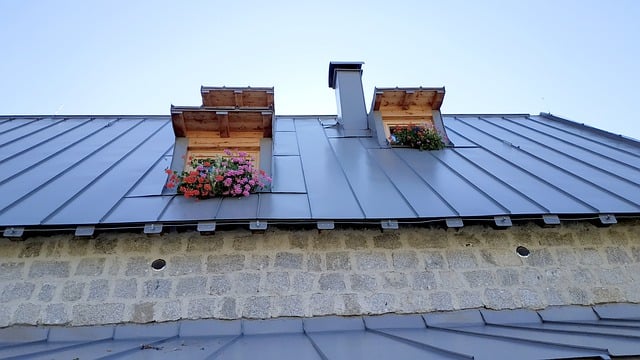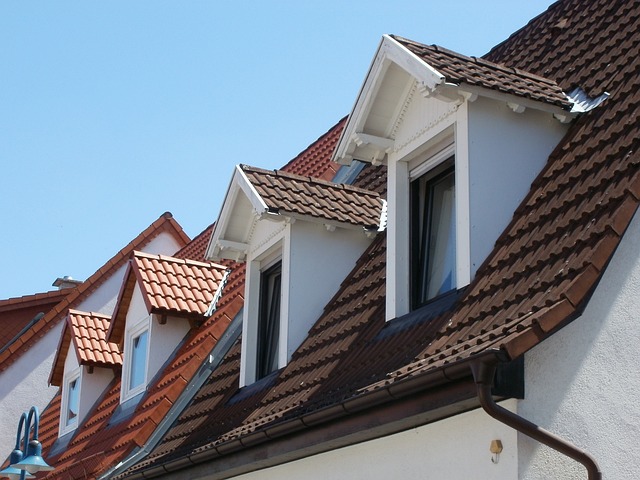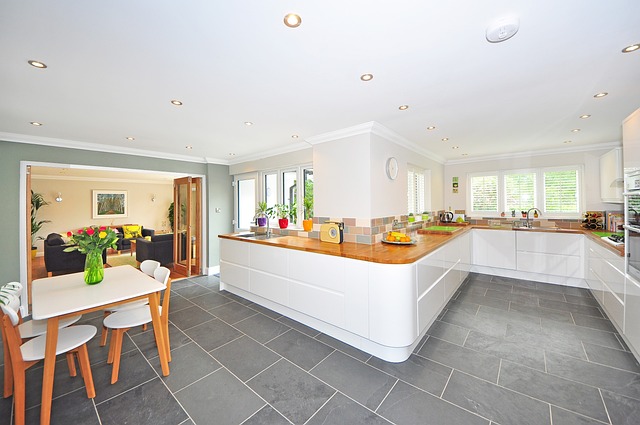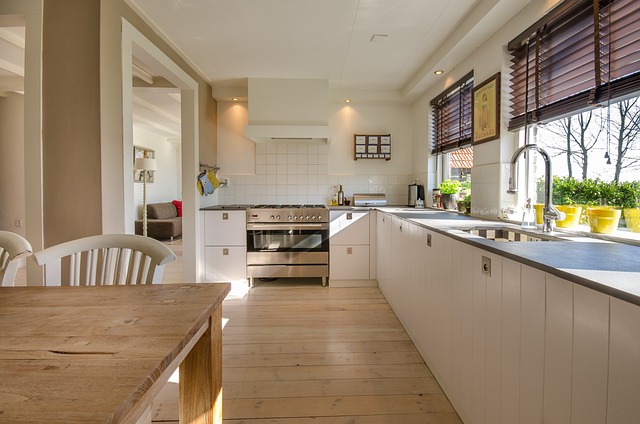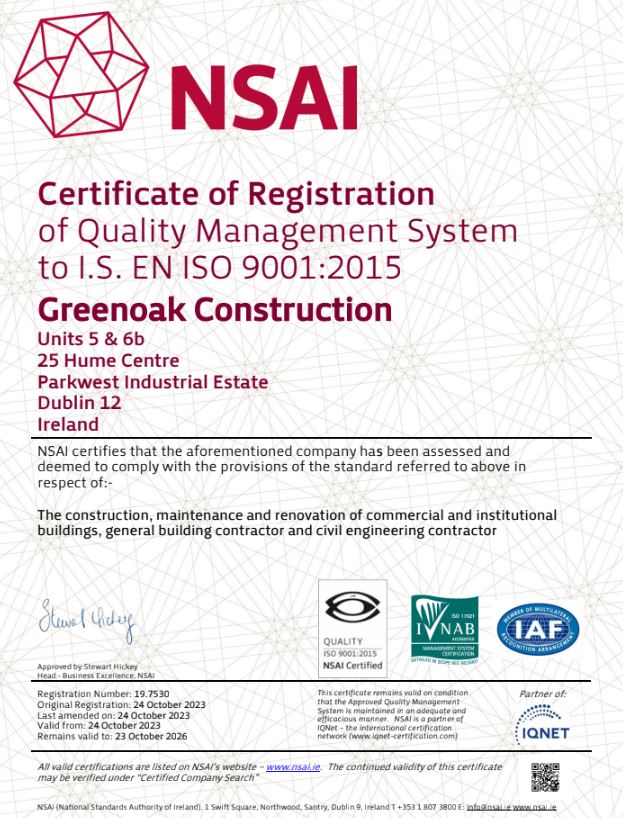Why a Kitchen Renovation? Unlock the Benefits of Kitchen Renovations
A kitchen renovation offers numerous advantages that can significantly enhance both functionality and aesthetics in your home.
- Firstly, it increases the overall value of your property, making it more appealing to potential buyers.
- Secondly, modernising your kitchen allows for improved energy efficiency through updated appliances and fixtures, leading to reduced utility bills.
- Additionally, a well-designed kitchen enhances workflow, making cooking and entertaining more enjoyable.
Greenoak Construction specialises in transforming Dublin homes by creating modern, functional kitchens tailored to the unique needs of each homeowner. Our expert team ensures that every renovation not only maximises space but also reflects your personal style.
Step 1: Planning Your Kitchen Makeover
Setting clear goals is crucial for a successful kitchen renovation. Begin by defining your desired style—whether it’s modern, traditional, or a mix of both. Consider how the kitchen will cater to your lifestyle, assessing functionality for cooking, dining, and entertaining. Establishing a realistic budget at this stage allows you to make informed decisions without compromising on quality.
Next, evaluate your current kitchen layout. Take note of the space’s strengths and weaknesses, considering elements such as appliance placement, counter space, and storage options. Identify any changes that could improve workflow, such as relocating the sink for better access or incorporating an open floor plan for increased flow and light. This thorough assessment will guide you in creating a kitchen that not only serves your needs but also aligns with your design vision.
Step 2: Budgeting for Your Kitchen Renovation
Establishing a realistic budget is a critical step in your kitchen renovation journey. Start by determining your overall budget based on your financial situation and the extent of the improvements you wish to make. It’s important to be flexible while also ensuring you allocate funds wisely across various elements of the project.
Tips on Setting a Realistic Budget
- Research Costs: Gather cost estimates for materials, appliances, and labor by contacting local suppliers and contractors. This will give you a comprehensive understanding of potential expenses.
- Prioritise Needs vs. Wants: Distinguish between essential upgrades and desired luxuries. This helps in making informed choices that align with your budget.
- Include a Contingency Fund: Allocate approximately 10-20% of your total budget for unexpected expenses, such as structural issues that may arise during the renovation.
Common Costs to Consider
- Materials: Think about cabinetry, countertops, flooring, and fixtures, which can significantly impact your budget.
- Labour: Hiring skilled professionals for installation and renovations can be a major expense, so ensure you obtain multiple quotes to find competitive pricing.
- Unexpected Expenses: Always stay prepared for unforeseen costs that may crop up during the renovation process, such as plumbing or electrical updates.
Financing Options Available for Dublin Homeowners
Explore financing options like home improvement loans, personal loans, or leveraging savings to fund your kitchen renovation. Additionally, some financial institutions offer specific loans or credit products for home renovations, allowing you to manage costs effectively. Be sure to evaluate interest rates and repayment terms to choose the best option for your financial situation.
Step 3: Choosing the Right Design and Materials
Overview of Popular Kitchen Styles in Dublin
When it comes to kitchen styles in Dublin, homeowners have a variety of options that reflect their personal taste and lifestyle.
- Modern: Characterised by sleek lines, open spaces, and a minimalist approach, modern kitchens often feature high-gloss finishes and integrated appliances. This style embraces functionality while maintaining a clean and uncluttered look, making it ideal for busy families or those who appreciate contemporary aesthetics.
- Traditional: Traditional kitchens exude warmth and charm, often showcasing intricate cabinetry, detailed moulding, and rich wood finishes. This style embraces classic elements such as farmhouse sinks and vintage-inspired hardware, creating a timeless feel that appeals to many homeowners seeking a cosy atmosphere.
- Minimalist: Focusing on simplicity and utility, minimalist kitchens aim to eliminate excess while ensuring maximum efficiency. This approach often includes a neutral colour palette, hidden storage solutions, and simple, clean lines. Minimalist designs are perfect for those who prefer a tranquil space with a contemporary touch.
Guide on Selecting Materials
Selecting the right materials is vital for achieving both aesthetic and functional goals in your kitchen renovation. Here are some considerations for countertops, cabinets, and flooring:
- Countertops: Popular materials include granite, quartz, and solid surface options. Granite offers durability and natural beauty, while quartz provides a wide range of colours with low maintenance requirements. Solid surface materials like Corian are seamless and can be easily repaired, making them versatile for varying kitchen styles.
- Cabinets: Opt for cabinet materials that align with your chosen style, such as hardwood for traditional designs or laminate for modern aesthetics. Additionally, consider the finish—painted cabinets can enhance a modern look, while stained finishes complement classic designs. Don’t forget about storage options, such as pull-out shelves and customised solutions to maximise space effectively.
- Flooring: Durable and easy-to-clean materials are key for kitchen flooring. You can choose from hardwood, laminate, tile, and vinyl. Hardwood brings warmth and elegance, while tile provides great design options and practicality, especially in busy kitchens. Vinyl is a budget-friendly and tough choice, ideal for those who want style without overspending.
By thoughtfully selecting materials and embracing your preferred kitchen style, you will create a space that is not only beautiful but also functional and inviting for you and your guests.
Importance of Sustainability and Eco-Friendly Options
Incorporating sustainability into your kitchen renovation not only benefits the environment but also enhances the overall value of your home. Eco-friendly options can significantly reduce energy and water consumption, contributing to a more efficient and cost-effective kitchen in the long run.
Benefits of Sustainable Choices
- Reduced Environmental Impact: Using sustainable materials, such as reclaimed wood or bamboo, helps conserve natural resources and reduces waste. Additionally, energy-efficient appliances can lower your carbon footprint while saving you money on utility bills.
- Improved Indoor Air Quality: Selecting low-emission paints, finishes, and products can create a healthier living environment by reducing harmful pollutants and toxins in the air.
- Long-Term Cost Savings: Although some eco-friendly options may have a higher upfront cost, the savings on energy bills and maintenance can offset these expenses over time, making it a wise financial decision.
By prioritising sustainability, you create a kitchen space that aligns with modern ecological values while showcasing your commitment to a greener lifestyle.
Step 4: The Renovation Process – Timeline of a Typical Kitchen Renovation Project
Undertaking a kitchen renovation involves several key stages, each crucial to transforming your space efficiently. Here’s an overview of a typical timeline for a kitchen renovation project:
- Demolition (1-2 weeks): This stage involves removing old cabinetry, appliances, and fixtures. Proper planning is essential to avoid damage to existing structures, and disposal of materials should comply with local regulations. This process can take one to two weeks, depending on the kitchen’s size and the extent of the work needed.
- Construction (2-4 weeks): After demolition, any structural changes are made, such as moving walls or relocating plumbing and electrical lines. This phase typically lasts two to four weeks. It’s important to ensure that all construction work meets local building codes and standards.
- Installation (2-3 weeks): Next, new systems and materials are installed, including cabinets, countertops, and appliances. This stage can take two to three weeks, as it involves ensuring that everything is properly fitted and functional. Coordination with different tradespeople is vital to maintain a smooth workflow.
- Finishing Touches (1-2 weeks): The final stage includes painting, adding hardware, and performing any necessary detailing. This phase may take one to two weeks, encompassing clean-up and final checks to ensure everything is in working order. Homeowners can also consider final touches such as backsplash installation and flooring improvements during this time.
By understanding the typical timeline for these stages, homeowners can better plan for the duration of their kitchen renovation project, minimising disruption to their daily lives.
Step 5: Final Touches and Inspection
As your kitchen renovation nears completion, the final touches play a vital role in enhancing the overall aesthetic and functionality of the space. This includes installing the right lighting fixtures, choosing appliances that complement your design, and adding decorative accents that reflect your personal style. Consider pendant lights over the island for both illumination and visual appeal, as well as under-cabinet lighting to enhance task areas. Selecting high-quality fixtures that align with your kitchen’s theme can elevate the atmosphere, while incorporating appliances that match both style and efficiency ensures a cohesive look.
Once all elements are in place, conducting a final inspection is essential to ensure everything meets your expectations. This involves checking that all installations are secure, functional, and free of defects.
Verify that appliances operate correctly, faucets are leak-free, and lighting fixtures are appropriately installed. It’s also an opportunity to ensure that the design vision has been realised and to address any last-minute concerns or adjustments. This thorough review not only confirms the quality of the renovation but also guarantees that your new kitchen is ready to welcome family and friends into a beautifully transformed space.
Tips for Maintaining Your New Kitchen
After investing time and resources into your kitchen renovation, maintaining its beauty and functionality is crucial for longevity. Here are some tips to help you care for your new kitchen:
- Regular Cleaning: Establish a routine for cleaning surfaces, including countertops, appliances, and flooring. Use appropriate cleaners suited for the materials in your kitchen to prevent damage and maintain their appearance.
- Inspect for Wear and Tear: Periodically check cabinet doors, drawers, and hinges to ensure they’re functioning smoothly. Address any issues promptly to prevent further damage.
- Appliance Care: Follow the manufacturer’s instructions for cleaning and maintenance of your appliances. Regularly check for any build-up that could affect performance, and schedule professional servicing as needed.
- Organise Storage: Keep your kitchen organised by grouping similar items together and regularly decluttering drawers and cabinets. This makes it easier to find what you need while preserving the aesthetics of your space.
- Watch for Moisture: Be vigilant about moisture, especially in areas near sinks and dishwashers. Use ventilation when cooking to minimise humidity, and address any leaks immediately to prevent water damage.
- Protect Surfaces: Use cutting boards and trivets to safeguard countertops from scratches and heat. Additionally, consider mats in high-traffic areas to protect your flooring from wear.
By incorporating these maintenance practices, you can ensure your new kitchen remains a warm, inviting, and efficient space for years to come.
Conclusion: Ready to Transform Your Kitchen?
In summary, a kitchen renovation with Greenoak Construction not only enhances the beauty and functionality of your space but also significantly increases the value of your home. By prioritising sustainability and quality craftsmanship, you can create a kitchen that embodies modern design and ecological values, while also being a practical and inviting environment for your family and friends.
When you’re ready to embark on this transformative journey,
Reach out to Greenoak Construction for a consultation. Our team is here to guide you through every step of the renovation process, ensuring your vision comes to life seamlessly.
Contact Green Oak today to discuss your ideas and kickstart your kitchen transformation!
Royalty free Image supplied from PixaBay as part of SEO service from 3R.
